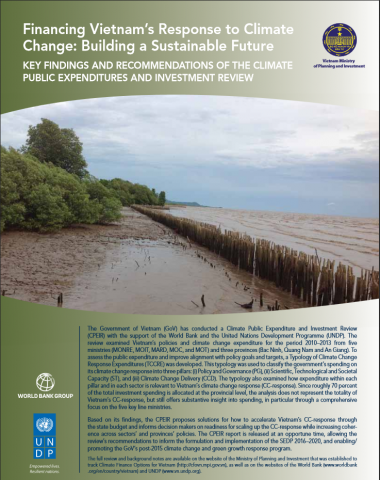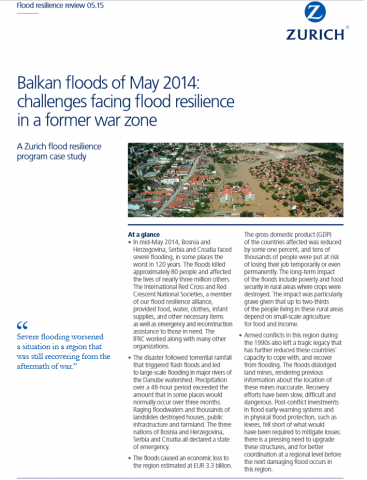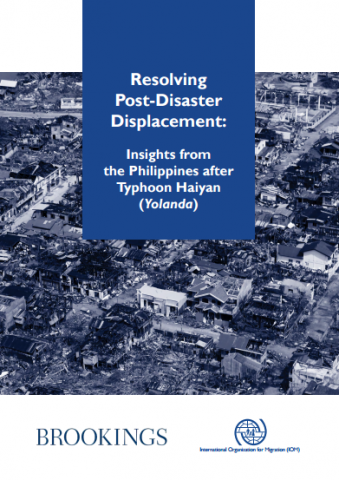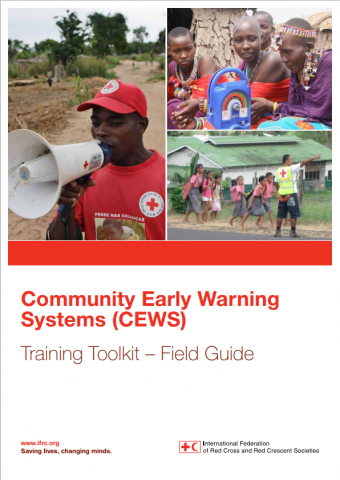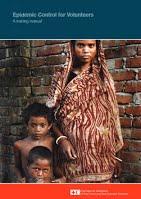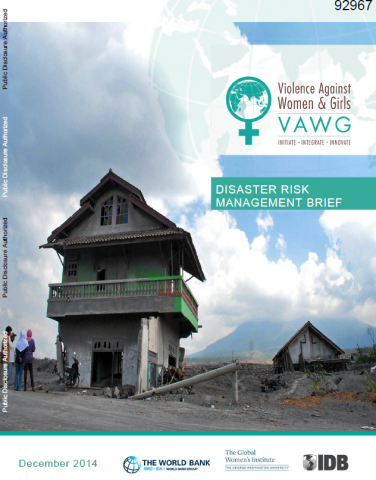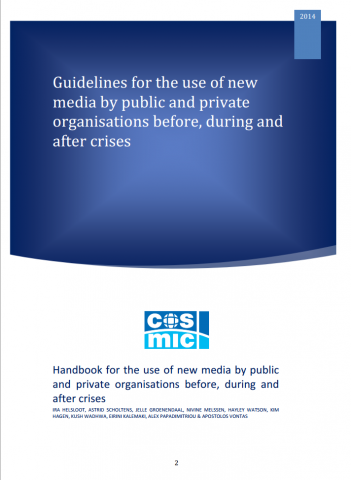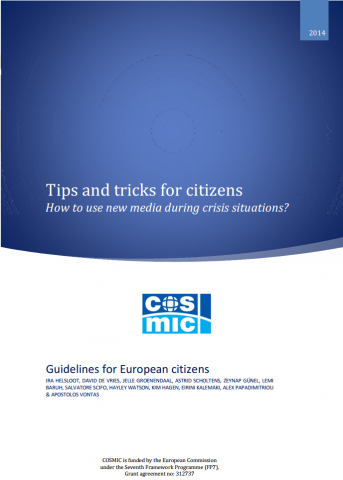Developing Disaster Recovery Frameworks
What is the Disaster Recovery Framework Guide? The World Bank’s Global Facility for Disaster Reduction and Recovery (GFDRR) has worked together with the European Union (EU) and the United Nations Development Program (UNDP) to produce this Guide to Developing Disaster Recovery Frameworks. Disaster Recovery Frameworks (DRFs) complement Post-Disaster Needs Assessments (PDNAs) or other such assessments […]
Developing Disaster Recovery Frameworks Read More »

